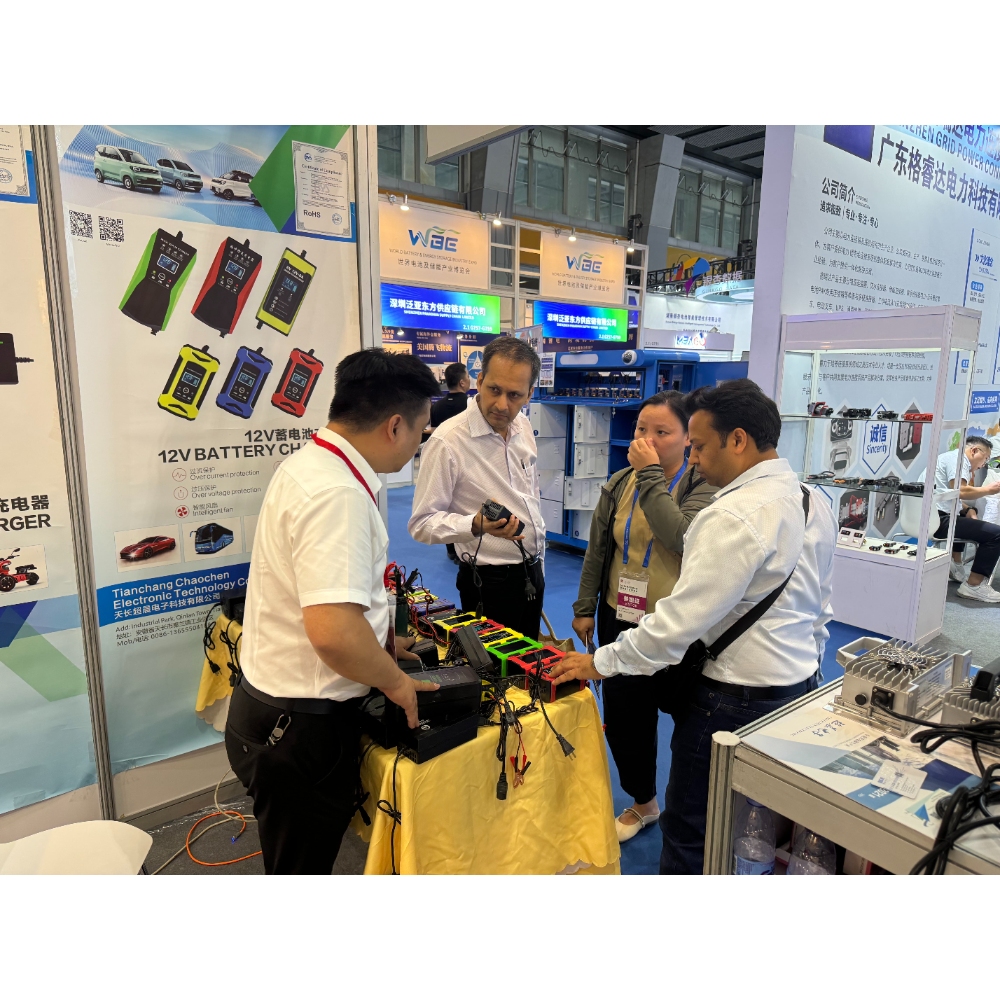Carregadores de baterias de chumbo-ácido selados are a common device in everyday life, widely used in power tools, UPS power supplies, and automobiles. However, with prolonged use or improper operation, they may develop common problems. Understanding these problems and their solutions not only improves charging efficiency but also extends the lifespan of both the battery and the charger. This article discusses several common charger failures and their corresponding solutions to help users promptly identify and resolve them during use.
1.Charger Failure
Charger failure is one of the most common problems. Possible causes include a faulty power outlet, problems with the charger's internal circuitry, or a faulty battery.
Solution: First, check the power outlet and cable connections to ensure a working power source. If the power source is correct, try replacing the fuse. If the charger still fails to function after replacing the fuse, the charger may have internal circuitry damage, requiring repair or replacement. If the battery is faulty, check for low battery voltage or a short circuit.
2.Charger Overheating
Chargers generate heat when operating, but overheating may be due to excessive current, poor ventilation, or prolonged charging.
Solution: First, ensure the carregador de bateria de chumbo ácido is placed in a well-ventilated area away from high temperatures. If the charger becomes hot after prolonged charging, consider using a timer to control the charging duration to prevent overcharging. Second, check the charger's current setting to ensure the charging current is appropriate for the battery capacity. If the charger continues to overheat, you may need to replace it with a more efficient charger.
3.Charging Indicator Not Lighting
Many chargers have a charging indicator light, which should illuminate when the charger is functioning properly. If it does not, there may be a problem with the charger's internal circuitry or the battery may not be properly connected.
Solution: Check that the battery is properly connected to the charger and ensure it has not been damaged by overdischarge. If the battery connection is correct, check the charger's power adapter and power cable to confirm they are functioning properly. If these are not problematic, there may be a problem with the charger's circuit board, and you should contact a professional repair technician.
4.Unstable Charger Output Voltage
Unstable charger output voltage may result in undercharging or overcharging the battery, which is usually caused by a malfunction in the charger's internal circuitry.
Solution: If the output voltage fluctuates significantly, first check that the charger is in a suitable operating environment to avoid excessively high or low temperatures that may affect the charger's operation. If the charger continuously outputs an unstable voltage, you may need to replace the circuit board or purchase a new charger. This is a complex issue, so we recommend contacting the manufacturer or a professional repair service for inspection and repair.
5.The charger charges slowly or fails to charge.
If the charger charges slowly or fails to charge at all, it may be due to insufficient charger output power, aged or damaged batteries, or a damaged charger.
Solution: Check the battery for age; aged batteries may not charge fully. If the battery is fine, check whether the charger's output power meets the battery's requirements. Some low-power chargers may not be able to charge large-capacity batteries. Ensure the charger's current matches the battery capacity. If the charger's output power is insufficient, replace it with a higher-power charger.
6.The charger makes unusual noises.
If the charger makes unusual noises, it's usually due to internal component damage or poor heat dissipation.
Solution: First, check the charger's heat dissipation and ensure it's located in a dry, well-ventilated area. If the noise persists, there may be a problem with the circuit board or fan. We recommend having the charger repaired or replacing it.
Common problems with sealed lead-acid battery chargers vary, but most can be resolved through simple inspection and maintenance. Promptly identifying abnormalities in the charger and taking appropriate corrective measures can effectively ensure battery charging efficiency and safety. For faults that cannot be resolved independently, it is recommended to seek professional technical support to ensure long-term stable operation of the device. Proper use and maintenance will ensure that the charger provides users with more efficient and reliable service.
While common faults with sealed lead-acid battery chargers vary, most can be resolved through simple inspection and maintenance. Promptly identifying abnormalities in the charger and taking appropriate corrective measures can effectively ensure battery charging efficiency and safety. For faults that cannot be resolved independently, it is recommended to seek professional technical support to ensure long-term stable operation of the device. Proper use and maintenance will ensure that the charger provides users with more efficient and reliable service.










